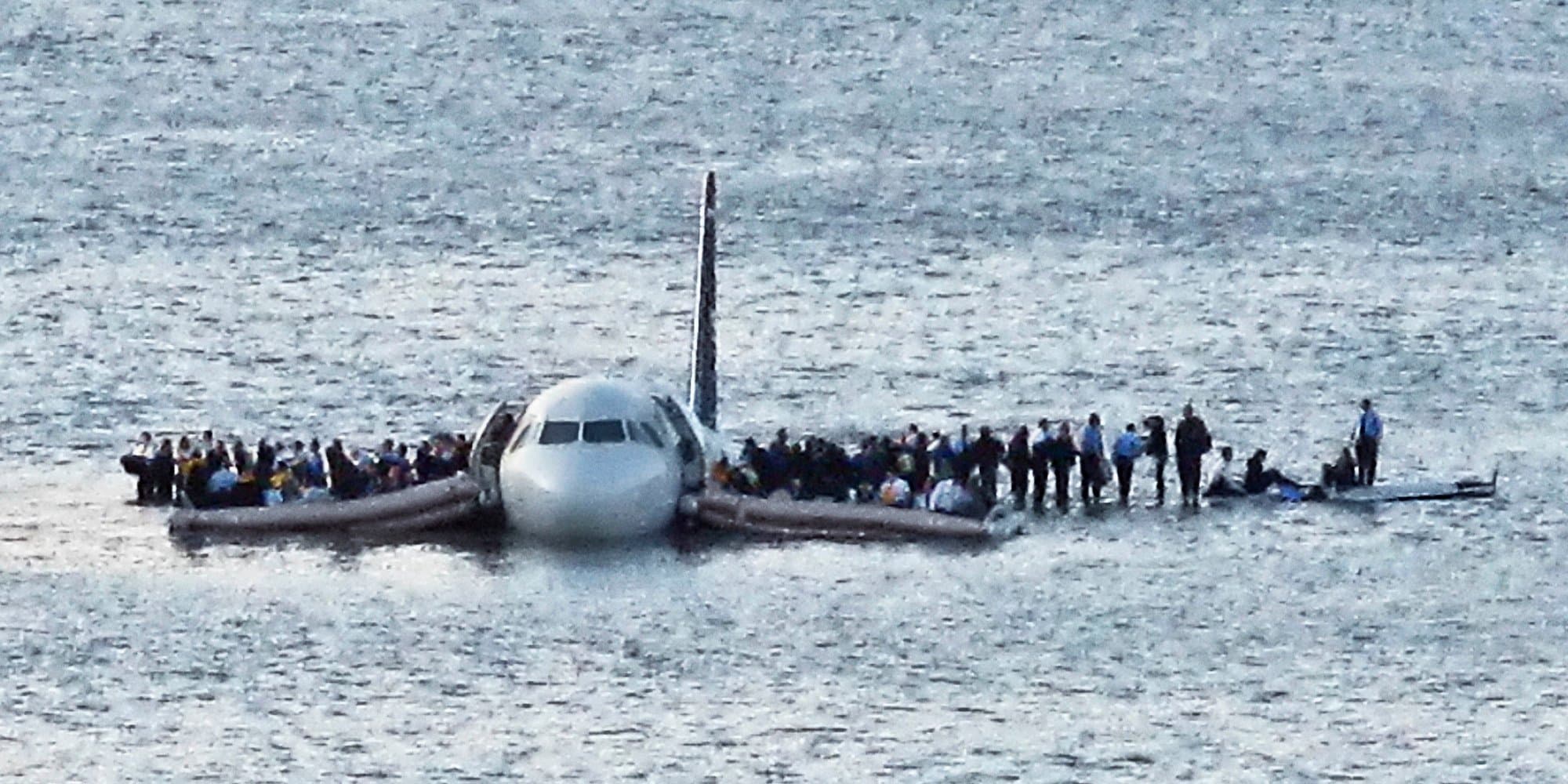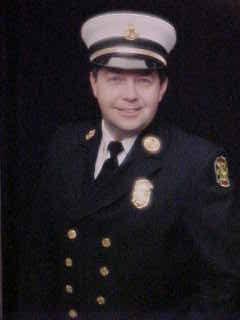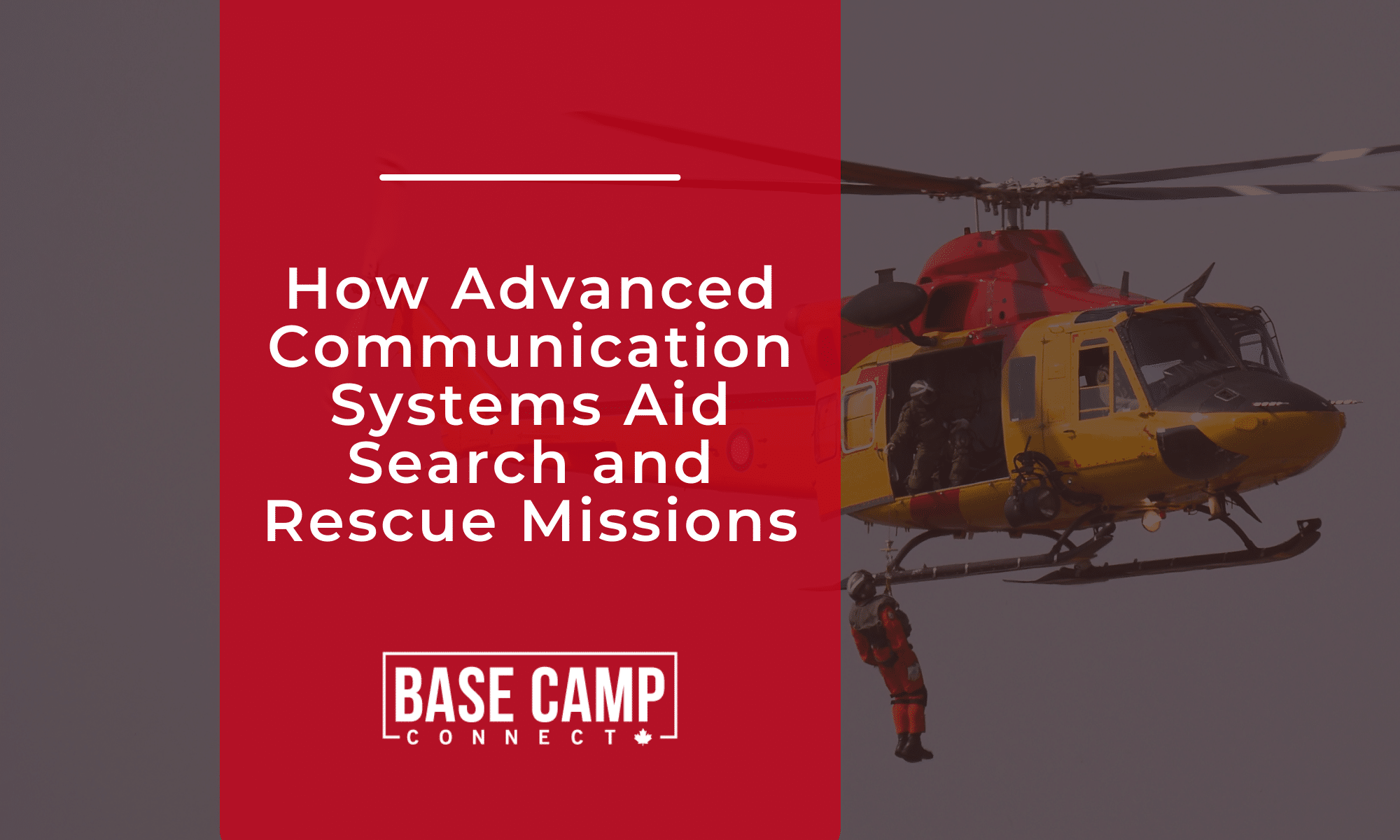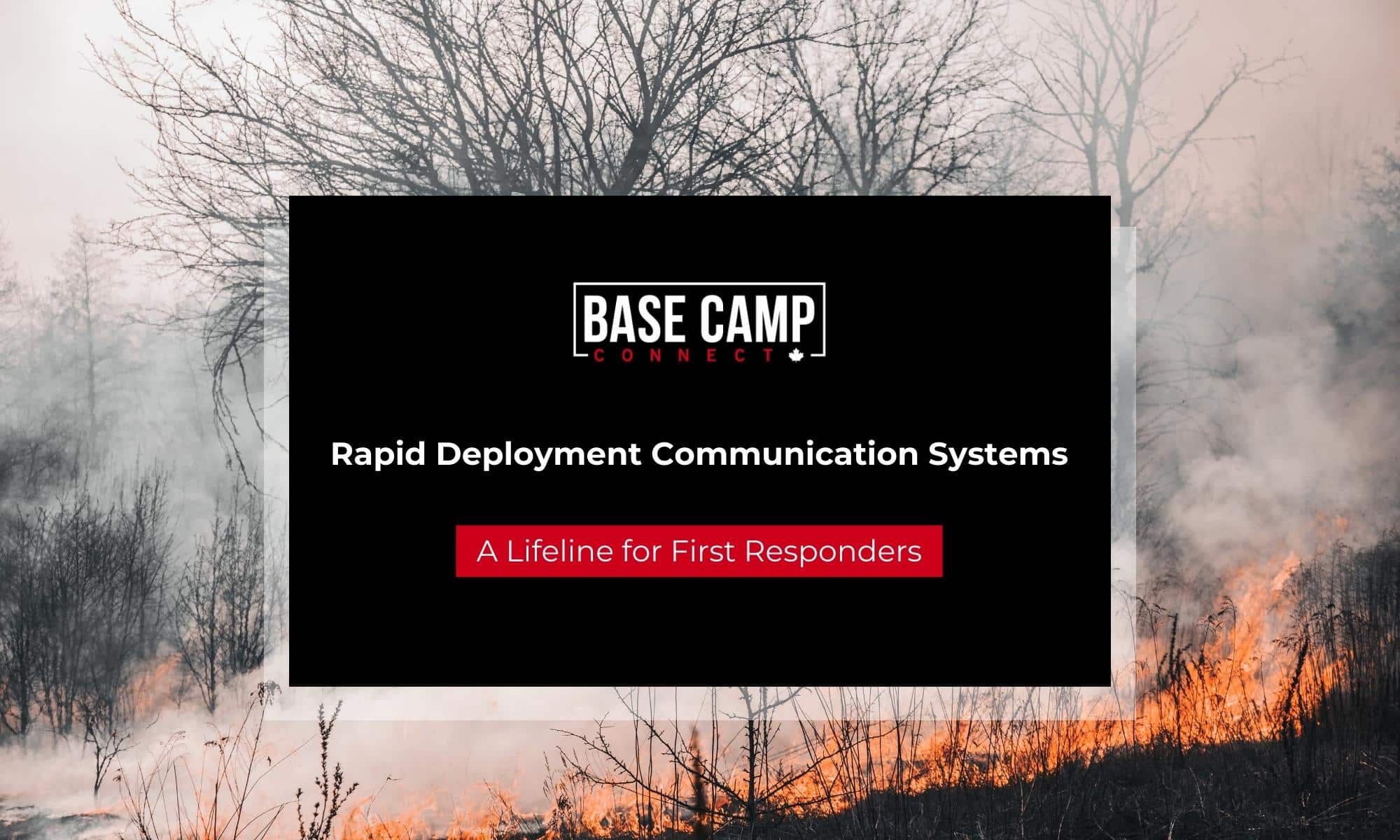The intent of this two-part article is to get you to take a look around your response area and to see if you have any special places where your present radio system may have issues. You also have to look toward the future when you are doing plan review of new buildings to see if there are any communication challenges that would result from the construction of the structure. Locations like hospitals and high-rise buildings with their steel skeletons can cause radio operators headaches by not being able to make the simplest radio transmissions. In one of my previous articles, I wrote about the need to have builder install a DAS or auxiliary radio system in the building to improve the radio signal within the building.
While you are looking around your city or town for things that will challenge your radio system, ask yourself if you have any active railroad tracks? The majority of railroad tracks travel through remote areas and make operations difficult, not to mention the possibility of not having clear radio transmissions. Depending on the type of trains that pass through your lovely town, you find yourself dealing with a hazmat incident, a mass casuality incident or a large fire from a crude oil train derailment.
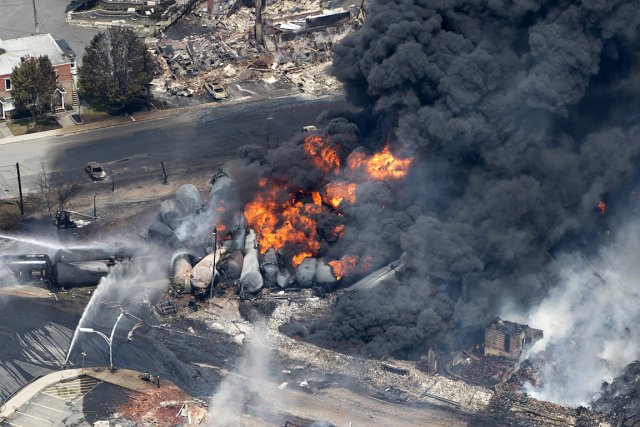
Lac Megantic Train Crash
Each of these incidents would require the assistance of a number of outside agencies responding to the scene and being able to talk to the command staff. There will be times where some of these communications you would like to be kept off the open radio frequency where news media and other persons that do not need to know these facts could hear them. With the BaseCamp Connect radio interoperability gateway, you can interconnect up to 10 radio networks and have up to 4 group talks. The radio gateway is an extension of the phone system so any extension or outside call can get in communication with the radios instantly so you can send and receive information in a secure format. Any large-scale incident is going to have a lot of radio communications needs and challenges to be faced and these should all be tested during your regular drills. Use realistic scenarios and develop a communications plan for the event that would include radio channels for command & control, fire, police/scene security, EMS and special operations. In some of these remote areas, you may not have cell phone service and the ability to use your radio system to place a call to a subject matter expert to deal with the problem. Since we are talking about modes of transportation, we have to talk about aircraft and the possibility that one may land in your backyard. If you have an airport in your city or town or you are near to one that places, you high up on the possibility chart for this type of event to happen. If you do not have an airport near you does not mean you are safe; aircraft are always overhead and when they have an onboard emergency, the pilot has to find an alternate location to land. As we have all seen from the USAir flight that landed in the Hudson River in New York City, a pilot may not have a lot of choices as to where to put the plane down.

Where it does land will require you to deploy resources to respond to the call and you may have to use unconventional means like a ferry boat as a fire truck and ambulance. In Remote areas, I have seen fan boats in the Everglades and ATV’s in the woods, whatever it takes to do the job. Airport fire department are required to run a disaster drill on a minimum of every 3 years; some do annual, and if your department is invited to attend please remind the crews you send to drill to make sure that they test their radio equipment on as many of the communications channels as possible to ensure that they are all working good and that there has been no changes made that effects their ability to talk.
The last mode of transportation I would like to cover today is ships. If your department has water front area and has to respond to fires that involve any size ship, you should be able to communicate on a few of the United States Coast Guard frequencies. There are designated channels for emergencies. If your department is home port to large vessels, this is so important. Having spent my career operating in the North side of the Port of Boston and dealing with the comings and goings of large vessels with very hazardous cargos, I cannot stress this enough. The United States Coast Guard does monitor its frequencies 24/7 and would place a call to the local department to notify them of an incident involving a vessel that is still in transit mode. Thus, the first responders with the proper radio capabilities could come up on the designated channel and talk directly to the officer in charge of the vessel while still enroute to the scene. (If the vessel is tied up at the dock, then the facility is responsible for making the 911 calls). Once the emergency crews are on board the vessel, they need to understand what the limits of their radio communications equipment are. Communications on the deck of the vessel should work well but once crews go below deck they may loss communications due to all the metal. Under none hazardous conditions, you can request a member of the vessel’s crew to assist you. Their radios do work below deck or they know how to contact the bridge via the onboard communication system. Under fire conditions, crews may need to set up radio operators in different locations to be able to relay messages back to command. Please test and practice before the real event!!
Be Safe!










